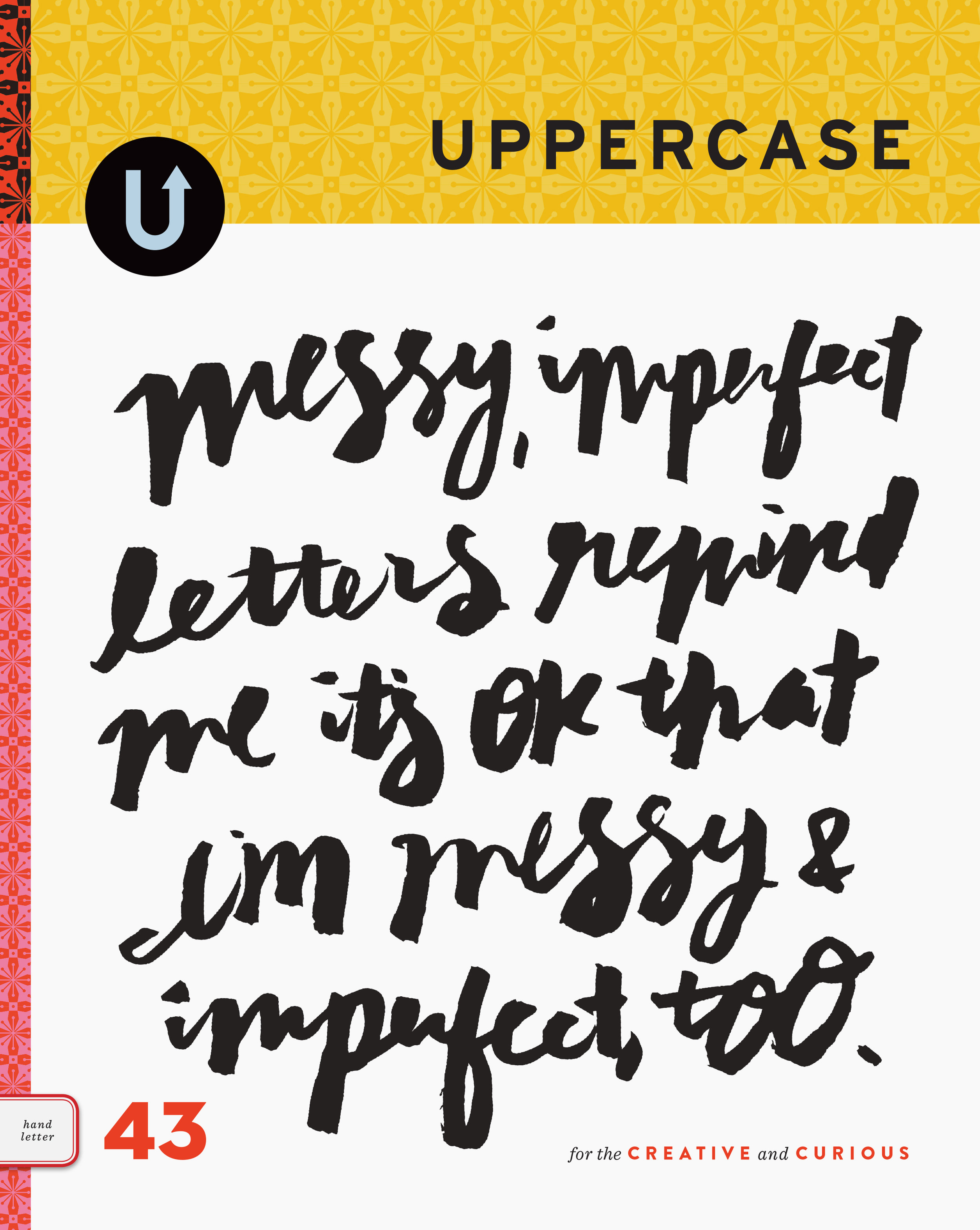Mundania Horvath documents the dwellings of Pittsburgh
/GUEST POST BY LISA TOBOZ
Lisa Toboz is a Pittsburgh writer, photographer, and curator of the Studio 5013 window installation series. Follow her adventures in art and travel at The Long Way Home Diaries.
Artist Mundania Horvath didn’t call herself an illustrator until a few years ago: “I considered myself a designer who was good with computers and print design.” But as former office manager of Moss Architects, she’d watch coworkers doing draft sketches, wondering how she could incorporate traditional illustration into her graphic works.
Wanting a yearly project, Mundania created PGH/Digs (PGH is Pittsburgh’s affectionate acronym), an illustration series combining art and design with her admiration for Pittsburgh dwellings.
Pittsburgh’s various neighbourhoods are clustered with old, at-times unusual, solid brick homes that have survived decades of industrial history, and Mundania—who moved from Uniontown, Pennsylvania to Pittsburgh to attend the Art Institute—drives around the city’s one-way streets, taking photos of houses that she can draw, then fine-tine later in Illustrator and Photoshop.
The simple, clean lines of ’60s ranch-style, “311 S Dallas Ave, Point Breeze” (first in the series, above) appealed to her love of geometry and retro design. She pays attention to house details others may not notice: a slanted roof, or asymmetrical windows.
While the house structures are characteristic of Pittsburgh, Mundania makes them universal through bold colour. Inspired by artist Lisa Congdon’s bright and playful colour schemes, Mundania experiments with changing the original house colours in her pieces to ones you may be reluctant to try in real life. “If you could paint your house any colour,” she says, “it might look like this.”
PGH/Digs has evolved into commissions—some clients want their houses replicated, while others give Mundania free reign with shape and colour. This year, she’s taking the project beyond city limits, illustrating well-known houses designed by famous architects, in addition to the Pittsburgh houses that continue to inspire. “This project has opened a lot of doors for me, connecting me to people throughout the city. It’s completely changed how I view myself as an artist.”










